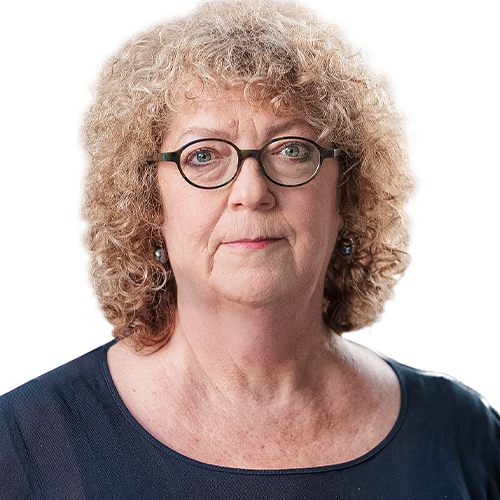KEY POINTS:
Within a year of Mary Anne Thompson's entry into the public service, she was close to a political storm - an even bigger one than the one unfolding over whether she falsified her PhD.
The 36-year-old was one of three authors of the Ka Awatea report on Maori
development to then Maori affairs minister Winston Peters.
The report, released without Cabinet approval, was the catalyst for Peters' sacking, which eventually changed the course of political history.
Five years later, she was to be one of the first appointments to his office as Deputy Prime Minister and Treasurer.
The youthful photograph in the front of Ka Awatea depicts Thompson at the threshold of what was to be a seemingly brilliant career.
The caption says: Dr Mary Anne Thompson, manager, economic development. It was the second job she had got since arriving back in New Zealand from a stint in Kiribati, formerly the Gilbert Islands.
She had travelled there in 1983 with her first husband, British diplomat Charles Thompson, who was posted there as high commissioner after stints, reportedly in Zaire, Burma, Japan, the United States, and at some point in New Zealand.
Her husband now, Baerauti, had been her previous husband's chauffeur.
She was reportedly born and raised in Wellington to Romanian refugees and is thought to have attended Wellington Girls College.
Mary Anne Thompson's engagement to work on Ka Awatea was recognition of her abilities at the Ministry of Maori Affairs, where she had started work just the year before.
That job at Maori Affairs is one of two that the State Services is interested in. Former Race Relations Conciliator John Clarke was her boss.
The other job started in 1998 when she first joined the Department of Prime Minister and Cabinet (DPMC) where Simon Murdoch, now head of Foreign Affairs, was her boss.
It is thought that these are the two jobs where she may have supplied CVs citing a PhD from the prestigious London School of Economics.
Mr Murdoch won't talk about hiring procedures in the DPMC - where Mary Anne Thompson rose to be acting chief executive, ie Helen Clark's top adviser.
But Mr Clarke told the Herald that the ministry's first encounter with Mary Anne Thompson was through a contract to look at Maori development she undertook when she was with the NZ Institute of Economic Research.
"From what I recall I think she did a pretty good job and at that time I think there was a vacancy for a manager of economic development," a job he described as a middle management position. That gave her a head start in getting the job, he said. He does not recall personally interviewing her for the job. "It's a long time ago."
He said she produced some reasonably good work at the ministry "and as a result of that she was engaged by the minister to undertake that Ka Awatea".
Mr Peters, now the Foreign Minister, said he did not want to rush to judgment over the CV and that there were possible explanations for it. "I don't know what they are but at this point in time I'd rather reserve judgment until I do know."
Like most people who encountered her before she headed the Immigration Service, he thought her work exemplary. "I thought she was an enormously capable person," Mr Peters said.
Her good reputation at Parliament did not survive when she shifted to a management and operations job as head of the Immigration Service.
She resigned on Monday as head of Immigration ostensibly because of favouritism on residency given to family members from Kiribati.
Audrey Young is the Herald's political editor.
